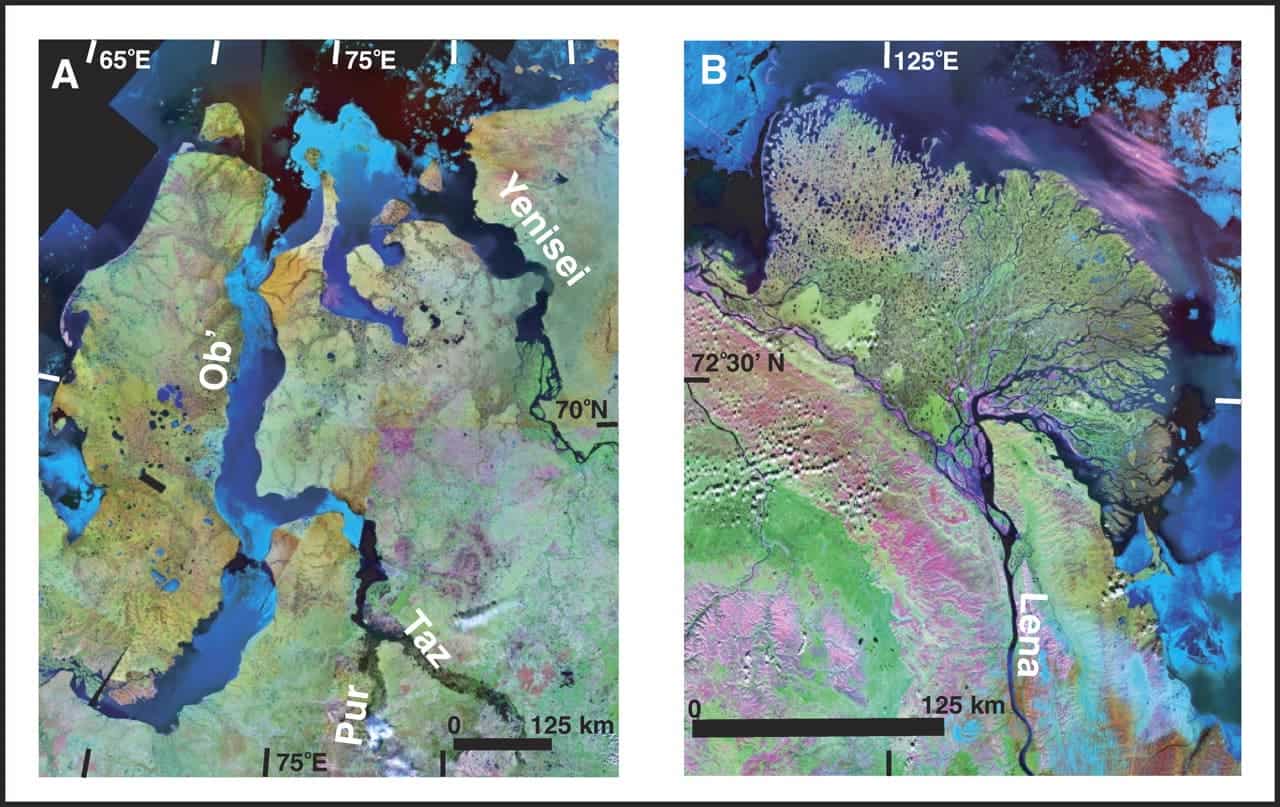Besides ever thinning ice, permafrost melting, soot deposits, habitat loss, you might as well add another significant factor threatening the arctic ecosystem – mercury. For some time, the alarmingly high mercury concentrations in the regions were rather unaccounted for, in part, however a new research by scientists at Harvard’s Atmospheric Chemistry Modeling Group suggests that three Siberian rivers might be to blame.
The Lena, the Ob, and the Yenisei all flow north of Siberia and flush in the Arctic Ocean every spring after the ice formed through the winter melts. Environmental experts have assumed that the mercury gets up to high latitudes through the atmosphere, but a more in depth look showed that this explanation doesn’t stand. Mercury levels tend to peak in the Arctic atmosphere in summer, but power-plant emissions are also highest in summer, when air conditioning sends the demand for electricity soaring. “It didn’t make sense,” said the study’s lead author, Jenny Fisher, a postdoctoral fellow with Harvard’s Atmospheric Chemistry Modeling Group in an interview. Mercury takes time for it to make its way north.

Mercury is a highly toxic substance, which severely affects the local ecosystem through food-chain poisoning. The substance doesn’t break down, and gets transferred as bigger animals eat smaller animals, from plankton, to seal, to polar bears, to the local Inuit population.
“The only thing that had the right signature is rivers,” Fisher said. Ice melting in the spring perfectly coincide with the mercury spikes in the Arctic. With ice cover melting back in the ocean as well, the mercury is free to enter the atmosphere, boosting concentrations far higher than they’d otherwise be. In fact, twice as much mercury comes from Siberian rivers as comes from northward-drifting air, the researchers found.
Possible source for the mercury outbreaks in the Siberian rivers might be local Russian mining operations, naturally occurring mercury leaching of the soil where it’s been frozen in place for tens of thousands of years due to permafrost melting, and even an alteration of the hydrologic cycle due to global warming.
It’s still just a hypothesis, Fisher said. “We really have limited knowledge of what’s really going on, and we’re hoping this work inspires more research. But it may be,” she said, “that climate change affects the Arctic in more ways than we thought.”
source: Climate Central






